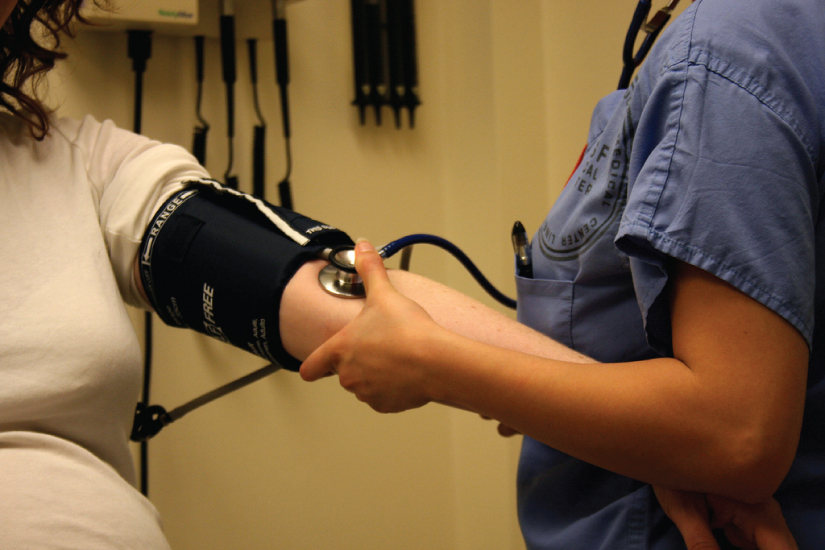
|

1.1 An introduction to the human body Read Online
1.2 The chemical level of organization Read Online

After studying this chapter, you will be able to:
Though you may approach a course in anatomy and physiology strictly as a requirement for your field of study, the knowledge you gain in this course will serve you well in many aspects of your life. An understanding of anatomy and physiology is not only fundamental to any career in the health professions, but it can also benefit your own health. Familiarity with the human body can help you make healthful choices and prompt you to take appropriate action when signs of illness arise. Your knowledge in this field will help you understand news about nutrition, medications, medical devices, and procedures and help you understand genetic or infectious diseases. At some point, everyone will have a problem with some aspect of his or her body and your knowledge can help you to be a better parent, spouse, partner, friend, colleague, or caregiver.
This chapter begins with an overview of anatomy and physiology and a preview of the body regions and functions. It then covers the characteristics of life and how the body works to maintain stable conditions. It introduces a set of standard terms for body structures and for planes and positions in the body that will serve as a foundation for more comprehensive information covered later in the text. It ends with examples of medical imaging used to see inside the living body.
Question: An electrocardiogram is a graphic illustration of the:
Choices:
cardiac conduction system
cardiac cycle
cardiac output
systemic and pulmonary circuits
Question: QT Interval represents
Choices:
Vetricular depolarization
Atrial repolarization
Electrolyte balance and resting period
none of above
Question: P wave represents:
Choices:
Right Atrium activation
Left Atrial Activation
Both Atrium Conduction
Ventricular activation
Question: what is the name of structure, supports the cusps of Tricuspid and Mitral Valves?
Choices:
Moderator Bands
Papillary Muscles
coronary sinus
purkunje fibers
Question: QRS represents
Choices:
Ventricular depolarization and repolarization
Mitral opening
Tricuspid Valve Opening
Atrial Tachycardia
Question: What is PV Carina?
Choices:
It is defined as the Inter Pulmonary Vein Ridge between the Pulmonary Veins.
Bollywood actress.
Carina is structure between mitral valve and LIPV
carina is located between tricuspid valve and CS
Question: which is the primary pace maker of the Heart
Choices:
AV Node
Bundle Branches
SA Node
Bechman's Bundle
Question: Left Axis deviation
Choices:
Lead Positive, AVf Negative
Lead 1 Negative AVf Positive
Lead 1 Negative AVf Negative
Lead 1 Positive AVf Positive
Question: how many entries we have in Right Atrium
Choices:
2
4
3
6
Question: Normal PR is:
Choices:
120 to 150 ms
80 to 100 ms
150 to 180 ms
200 to 260 ms
Question: What is the Heart Positioned in the Chest?
Choices:
heart lying on base of lungs and vertical posion
Heart is Pointing downwards to the left and anterior, Usually 45 Deg in each direction though there are individual variations.
Heart is position middle of the chest
heart is position just behind the left lung and above trachea